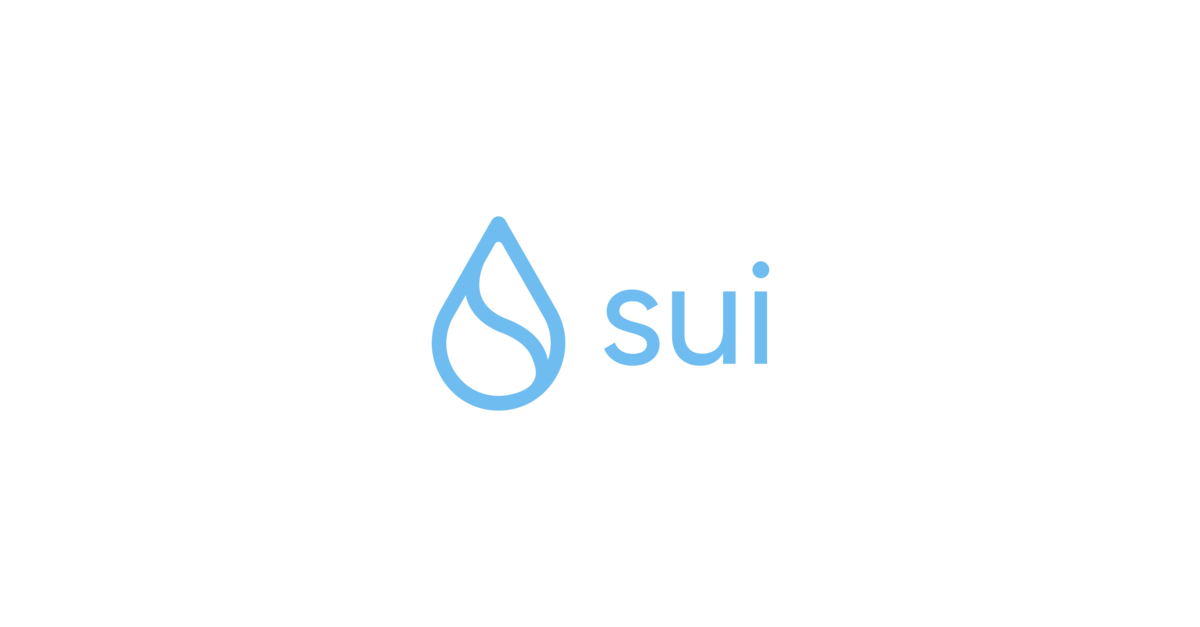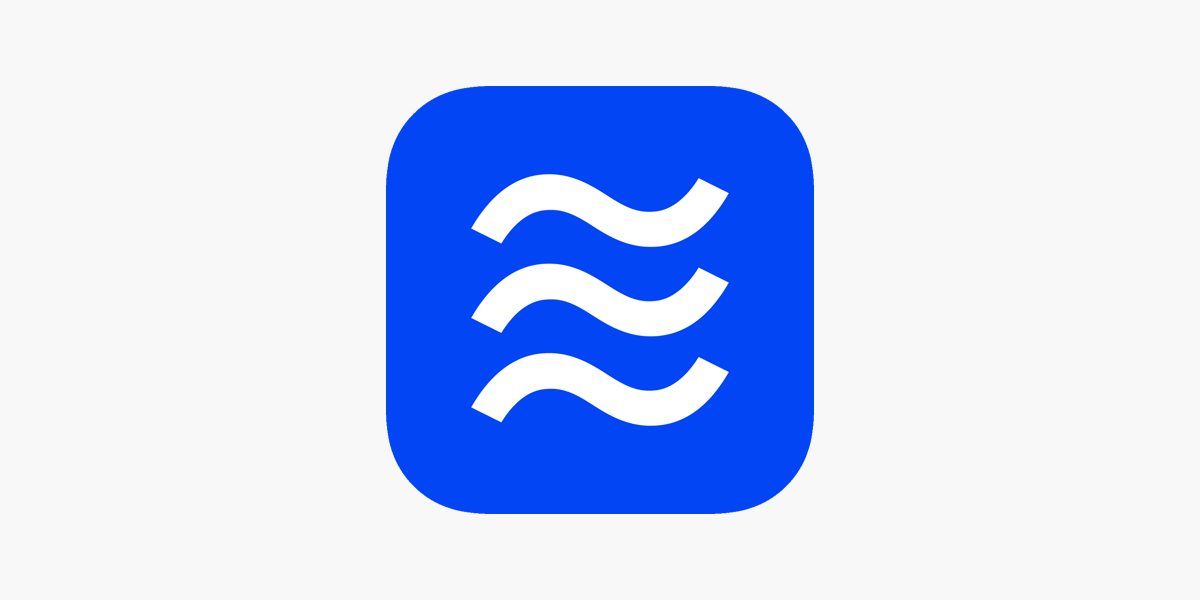Last updated on July 27th, 2023 at 05:42 am
In the race to onboard more people and make blockchain usable, a team of blockchain developers launched Sui, a Layer 1 blockchain solution poised to unlock the freedom to build powerful on-chain assets.
The Sui blockchain launched on May 3, 2023. It’s a smart contract platform that prioritizes speed and scalability, a feature that not lots of blockchains have been able to truly replicate since the Ethereum network.

Whether the Sui network will live up to the strength of the Ethereum network is something both developers and end-users are looking to determine over the coming years.
The objective of increasing the adoption of blockchain technology calls for creating blockchain networks fit for solving everyday problems. Sui promises to be capable of being just that.
This article comprehensively examines the Sui blockchain, its key features, and whether it lives up to its claims.
What is Sui?
Sui is a permissionless Layer 1 blockchain that uses the Proof-of-Stake (PoS) consensus mechanism. It was built to offer a broad range of next-generation dApps (sensitive to latency) with instant settlement and high throughput.
Sui was developed by Mysten Labs, a company known for creating basic infrastructure for Web3 projects in various sectors, including DeFi, gaming, social, and commerce. The company was founded by the developers of Novi/Diem at Meta, including Adeniyi Abiodun, Evan Cheng, George Danezis, Sam Blackshear, and Kostas Kryptos.
How Sui Blockchain Works
The Sui team claims their network can process up to 297,000 transactions per second (tps), 12 times more than Visa’s 24,000 tps claims. Hypothetically, this makes the network suitable for processing robust financial transactions.
However, as per network demand, Sui currently processes about 620 tps and has had a peak of 5,075 tps over the last 30 days from the period of this writing.

Sui’s assumption that many blockchain transactions lack complex interdependencies with other parts of the chain contributes to this increased efficiency. As a result, the platform treats blockchain transactions as simple transfers.
The blockchain optimizes scalability and speed by keeping network connections open for longer, making each of the requests repeatable, and ensuring that transactions are completed without delay.
For example, in a transaction where the user wants to send assets to a recipient, the network simply locks the sender’s address rather than locking the entire blockchain. This means the network doesn’t have to use the consensus mechanism when a simple transaction is being processed.
In addition, the Sui network verifies each transaction independently. This is different from traditional blockchain networks that collect transactions into blocks. This approach significantly reduces the time it takes to issue a certificate of finality after a transaction has been completed.
About Move: What is Move?
Move is an open-source smart contract language used in developing the Sui blockchain.
The Move language has its origin in Meta’s Diem blockchain, which was discontinued, and it is based on Rust.
Move provides a bytecode language for creating adaptable transaction logic and smart contracts. It is blockchain-agnostic, allowing developers working on different blockchains to use the same libraries and tools and form communities.
The primary goals of Move are to improve security and make the transition from Web 2 to Web 3 as smooth as possible. It can effectively solve problems such as re-entrancy vulnerabilities, poison tokens, and spoofed token approvals.
The scalability of the blockchain is ensured by the fact that Move’s type system and data model are compatible with Sui’s parallel agreement.
Developers interested in building on the Sui network can find useful information in Sui’s documentation on Move.
Apart from using a new smart contract language and transaction processing faster than that of Visa, what makes Sui any different from other Layer 1s that have tried to improve on the shortcomings of popular networks like the Ethereum blockchain?
The Unique Features of the Sui Blockchain
The following features make Sui stand out from other Layer 1 blockchain solutions.
Parallel Execution of Transactions
Unlike other public blockchains, Sui does not have to reach a consensus for every single transaction. As a result, the network can run multiple separate transactions simultaneously, reducing latency and increasing throughput.
More so, every transaction on the Sui network is validated independently, compared to many other blockchains where transactions are validated in bulk using conventional blocks.
After each transaction is completed on the Sui network, a certificate of finality is issued. This ensures that transactions can’t be reversed.
A Unique Approach to Security
Unlike many other blockchain networks, Sui doesn’t place a premium on making robust asynchronous assumptions. Therefore, the chain can maintain its security properties even in unfavourable conditions such as network splits or DoS.
Hassle-Free Developer Experience
The Sui platform is built on Move’s blockchain-focused programming language to make things easier for developers. This means less repetitive coding and fewer mistakes with the most fundamental ideas for the developers.
UX Enhancement for Web3 Projects
By providing a set of tools based on the Sui software development kit (SDK), Sui claims it will help software developers create dApps and other Web3 projects with improved user experiences. Hence, the platform will make it easier to create:
- On-chain DeFi primitives
- Advanced business logic and games
- Upgradable non-fungible tokens (NFTs)
- Reward and loyalty programs
- Asset tokenization solutions
The SUI Token
SUI is the native token of the Sui blockchain. Its total supply is capped at 10 billion tokens. As of writing, 654,546,806 SUI tokens, representing 6.5% of the total supply, are currently in circulation.
The SUI token is u four distinct functions, which include the following:
- It can be staked to participate in the Proof-of-Stake consensus.
- It is used to settle gas fees to execute transactions on the Sui network.
- It is considered a liquid asset that contributes to the overall Sui network economy
- It allows the holder to participate in Sui’s network governance.
SUI Airdrop
Contrary to the speculations of the crypto community, the Sui team did not have any public airdrop of the SUI token. The team, in fact, stuck to their long-lasting comment that there would be no airdrop of the SUI token.

Currently, there is no airdrop of the SUI token, and any promise of a SUI token airdrop that is not confirmed by the official Sui team is likely a scam.
However, Sui’s previously announced Community Access Program (CAP) created an opportunity for early members of the Sui community to buy SUI tokens at discounted offers while others received the SUI token grant.
A total of 96,000 community members were whitelisted for a chance to buy SUI tokens at $0.03 per token in the Sui token Community Access Program. Each whitelisted user was allocated 1,500 SUI tokens, with a minimum buy of $10 and a maximum buy of $45.
At launch, the SUI token was listed at around $1.7, marking its all-time high. As a result, community members received anywhere from $560 to $2550 worth of SUI tokens for qualifying for the SUI token presale.
How to Buy SUI
SUI immediately started trading on top exchanges after its mainnet launch. SUI tokens are currently listed on Binance, Kucoin, and OKX. You can buy SUI tokens on any of these exchanges.
Alternatively, the Wormhole Portal Bridge supports moving crypto assets from blockchain networks like Ethereum and BSC into the Sui network. By moving these assets into the Sui network, they can qualify for use on the network.
Popular dApps on the Sui network
These are some of the decentralized applications (dApps) native to the Sui network which have gained traction since launch.
Cetus DEX

Cetus is a dApp existing as a decentralized exchange for swapping tokens on the Sui network. Cetus has completed its Initial DEX Offering (IDO) to allow interested investors to purchase its Cetus token. Surprisingly, the project was able to reach its fundraising target, also known as the “hard cap,” within just 30 seconds after the IDO went live.
BlueMove

Bluemove is a marketplace for non-fungible tokens (NFTs) that operates on the Sui network. The platform allows members of the Sui community who have an interest in NFTs to create and issue new NFTs using the Bluemove dApp. In addition, traders can use the platform to sell their existing NFTs.
Martian Wallet

Martian Wallet is one of the many Sui wallets available for use on the Sui network. The Martian wallet is a self-custody wallet that supports the Sui network. The Sui community can use the Martian wallet to hold SUI tokens, NFTs, and other tokens supported on the Sui network.
SuiScan & SuiExplorer
SuiScan and SuiExplorer are both blockchain explorers on the Sui network. Blockchain explorers provide access to on-chain information. Because blockchain is immutable, access to legitimate on-chain data is possible through the use of blockchain explorers.
You can use SuiDapps to find decentralized applications on the Sui network.
Future Outlook for Sui
Sui joins a long list of Layer 1s vying for a spot to onboard more users into using blockchain technology.
Sui’s design also makes it a strong contender with Layer 2s specifically designed to make transactions on Ethereum faster. Sui’s network security, coupled with its high transaction TPS, means it can equally process as many transactions as Layer 2s without sacrificing security.
This makes it easy for developers to build dApps for real-world use, effectively making the blockchain suitable for mainstream adoption.
However, Sui is not the first public blockchain that has made a promise of scalability, as other blockchains dubbed “Ethereum killers” have equally made efforts to achieve scalability.
While adoption for some of them is low due to their tradeoff in security, others just struggle with attracting developers comfortable with building on public networks like Ethereum and Solana.
The Sui blockchain faces a similar fate, and the only way out is to prove its effectiveness in the long run.
Disclaimer: This article is intended solely for informational purposes and should not be considered trading or investment advice. Nothing herein should be construed as financial, legal, or tax advice. Trading or investing in cryptocurrencies carries a considerable risk of financial loss. Always conduct due diligence.
If you would like to read more articles like this, visit DeFi Planet and follow us on Twitter, LinkedIn, Facebook, Instagram, and CoinMarketCap Community.
“Take control of your crypto portfolio with MARKETS PRO, DeFi Planet’s suite of analytics tools.”





















